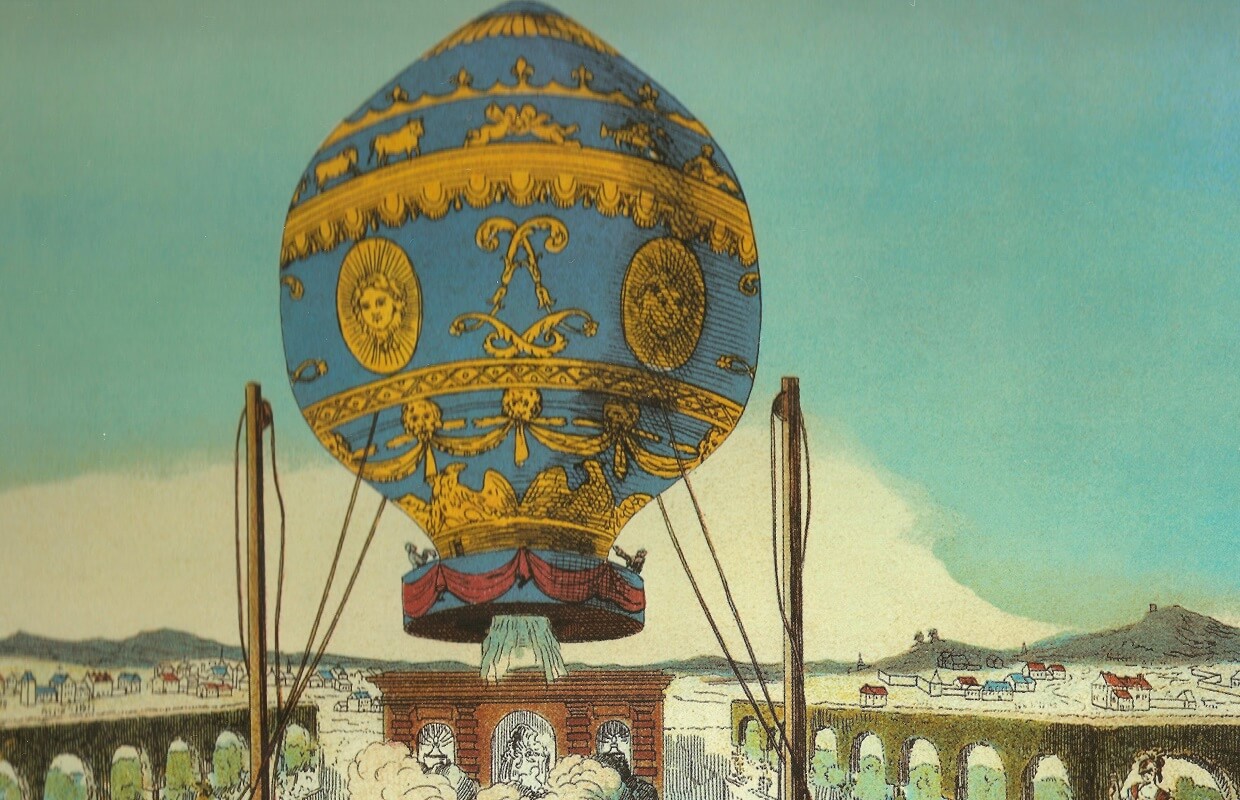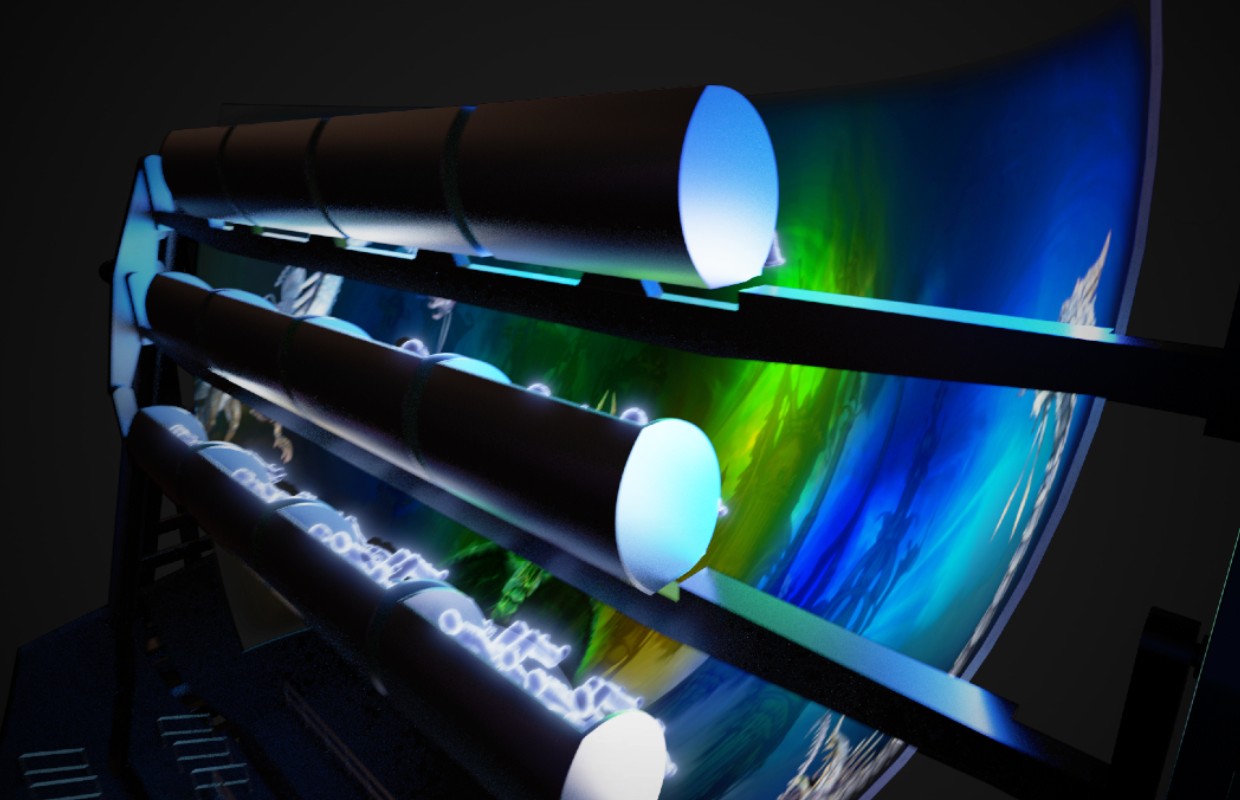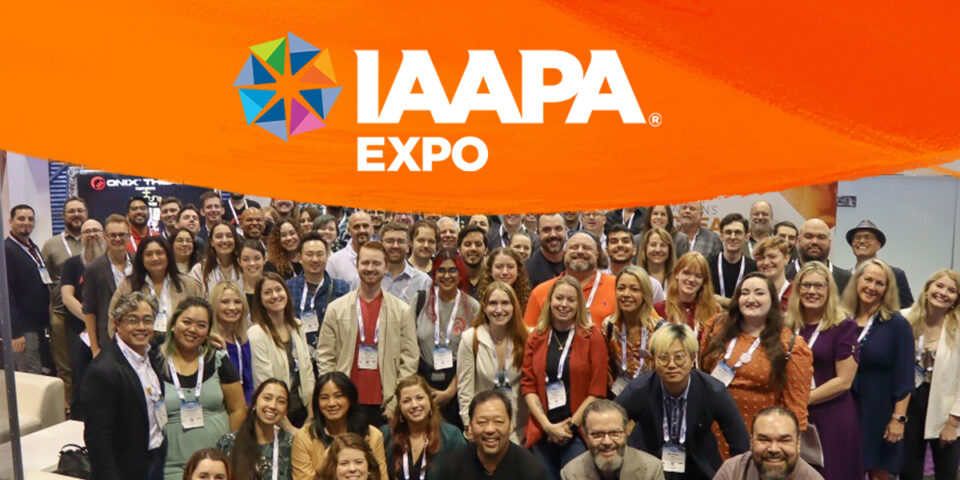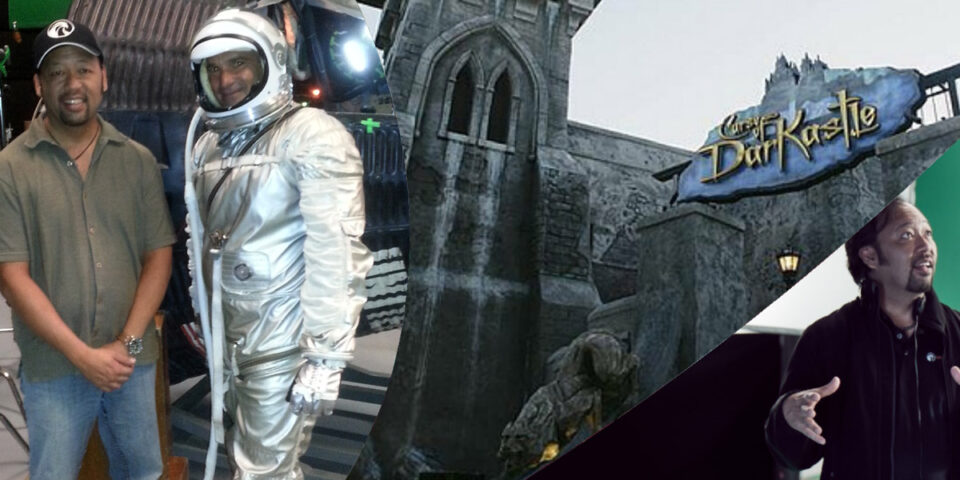From the dawn of humankind, we have been intrigued, enthralled, and inspired by the power of flight.
Cave paintings of birds captured this interest early on. Legends such as Dedalus and Icarus were born. Great thinkers, such as DaVinci, contemplated how to sail the skies with complex and amazing machines. In the late 18th century, humans finally achieved the ability to ascend skyward, when the Montgolfier brothers successfully tested a flying apparatus powered by hot air.

The first manned hot-air balloon, designed by the Montgolfier brothers, takes tethered off at the garden of the Reveillon workshop, Paris, on October 19, 1783
Now, almost 250 years later and throwing a bit less caution to the wind, so to speak, people from around the world are lining up for virtual flying experiences. Housed in enclosed buildings with no access to the sky itself, these neo-aviators are flying over Holland, Washington, China, California, and even fantasy worlds without traveling more than a few feet.
Without a doubt, Mark Sumner stands out as the inventor of the flying theater market. His tinkering with an Erector Set led to the development of Soarin’, which debuted at Disney’s Epcot in 2001. Since that time, the flying theater has slowly evolved, and the market has grown.
A noticeable shift in expectations normally accompanies such market expansions. Similar to advancements made to the automobile decades ago, such as cruise control and airbag systems, guests have started to wonder what’s beyond the first generation of flying theaters. They are eager for more. They have a desire for evolution.
The good news is, we desire the same thing here at Falcon’s Licensing. We are driven to ponder profound questions because we know if we find the answers, we can share new dimensions of imagination with the masses. So, we spent time scratching our skulls for new approaches to engage potential flyers.
Creating Magic
When we tasked ourselves with the challenge of creating the next generation flying theater experience, we knew the most important aspect was to make guests feel like they are inside a magical experience. The seedlings of our Suspended Theater® concept grew from there.
The key feature is the element of surprise. When guests are loaded into the theater, there is no hint of what’s to come. They think it’s just a standard theater but are soon surprised to be smoothly lifted skyward and elegantly tilted into place in front of a massive compound curved screen they didn’t know was there. This “reveal technology” immerses guests in powerful 3D media in a way no one has ever experienced before.
Breaking Free of the Travelogue
While innovative at the time of their inception, the straightforward, travelogue style of flying theater films is dated. The popularity of storytelling within dark rides, and even roller coasters now, has proven that guests embrace more complex narratives. Sure, flying over coastlines and mountains is still nice, but traveling underwater, chasing mythical creatures, or exploring unknown civilizations can be transcendent.
With our in-house media team, we focus on a true storyline, taking riders on epic journeys of a fantastical nature that harness the power of the ride system. The story is uninterrupted, seamless, and suspenseful. No matter where the guest looks, they are immersed in the spectacle of the content.
Unmatched Experience
The combination of a uniquely designed system and truly immersive 3D storytelling creates an unparalleled flying theater experience. Once liftoff occurs, there is only pure, uninhibited flight.
One of the first installations of this next generation flying theater experience is coming to an all-new Katmandu theme park in Punta Cana, Dominican Republic in 2021. Featuring a fun and exciting storyline based on the world of the Katmandu characters, the Suspended Theater® by Falcon’s Licensing takes flight at a time when reusable rockets can leave Earth and return by precisely landing on floating drone ships in the ocean.
The point is, we are as excited and enthusiastic about participating in the evolution of this medium of storytelling as Jacques-Étienne Montgolfier was when he left his brother on the ground and ascended into the sky.
Mostly unrelated note: As many in the world of theme park design and surrounding fields are artists of some sort, please take a look at what paper you use. The Montgolfier brothers were paper manufacturers in France, and their lineage continues today, producing fine art paper under the company name Canson®.
About the Author






